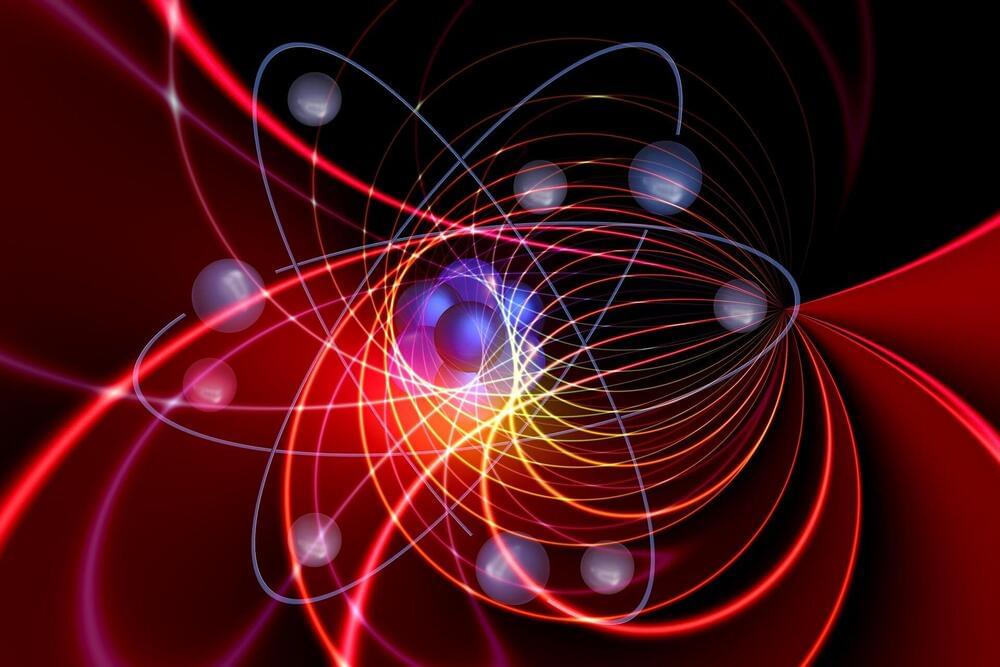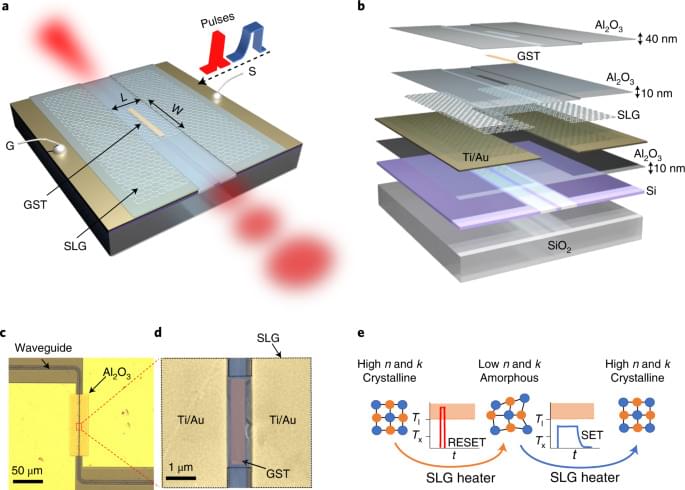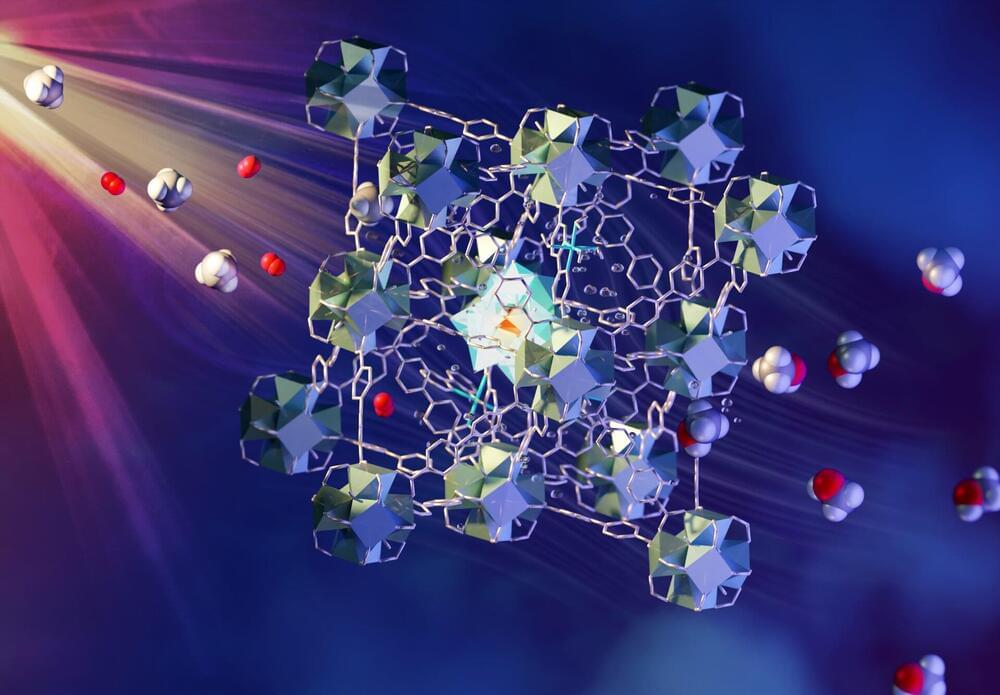Osaka University researchers discovered that worms may be coated with hydrogel sheaths that contain useful cargo such as anti-cancer medications
James Bond’s famed quartermaster Q provided the secret agent with an unlimited supply of equipment and gadgets to aid him on his missions. Now, scientists from Japan have shown that they are equally adept in providing microscopic worms with a surprising variety of useful and protective components.
Researchers from Osaka University have discovered that microscopic, free-living worms known as nematodes may be coated with hydrogel-based “sheaths” that can be further customized to transport functional cargo.







